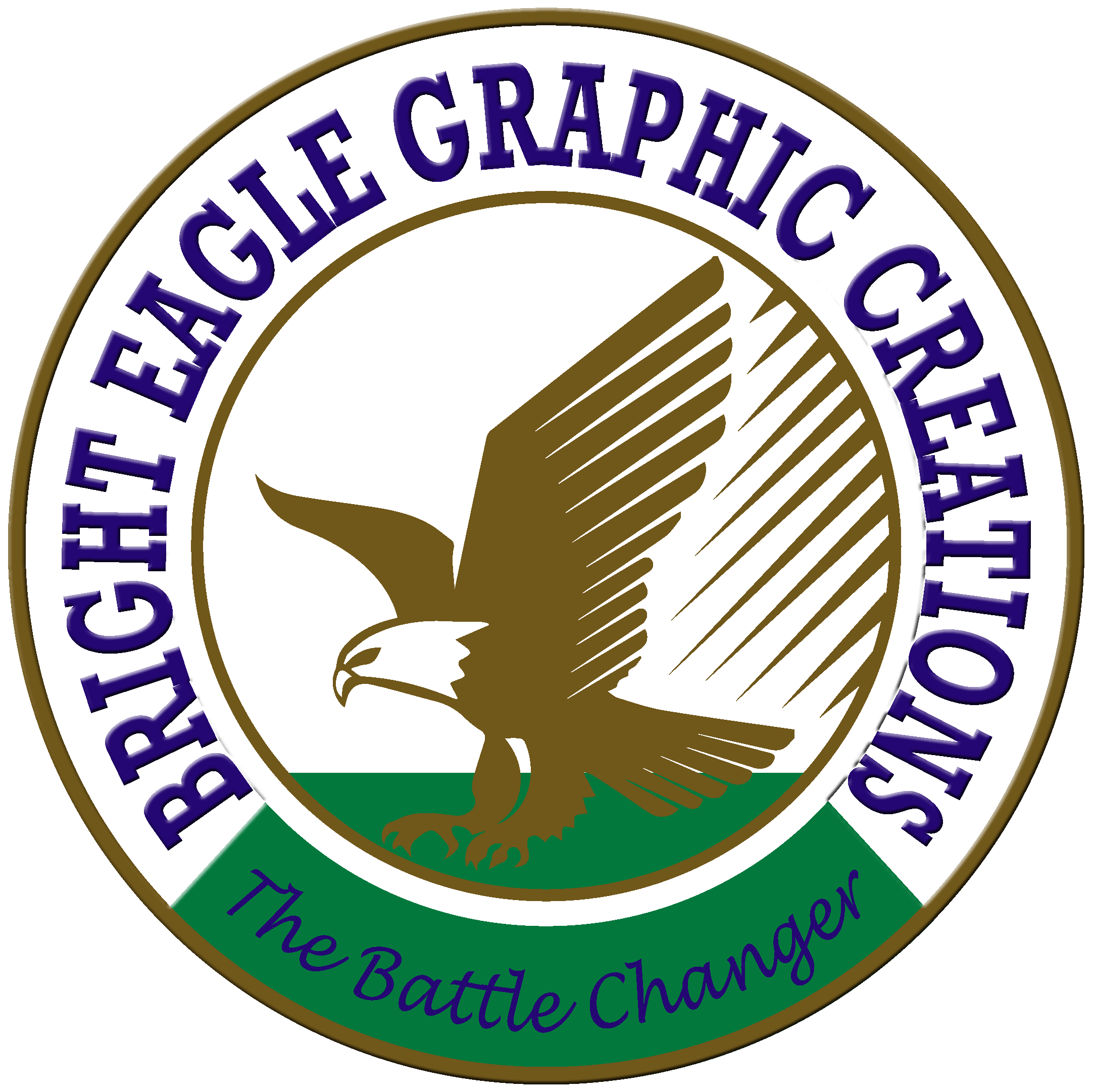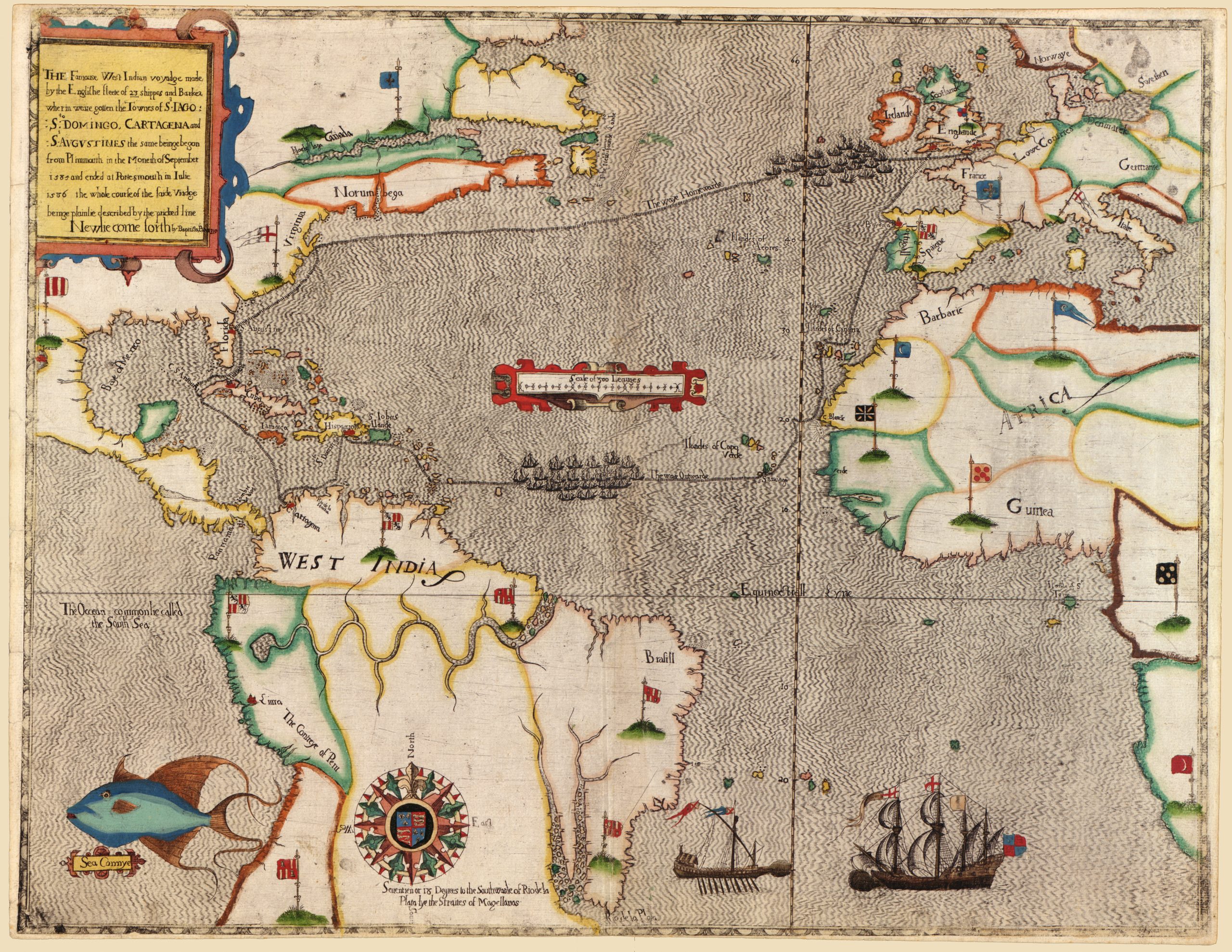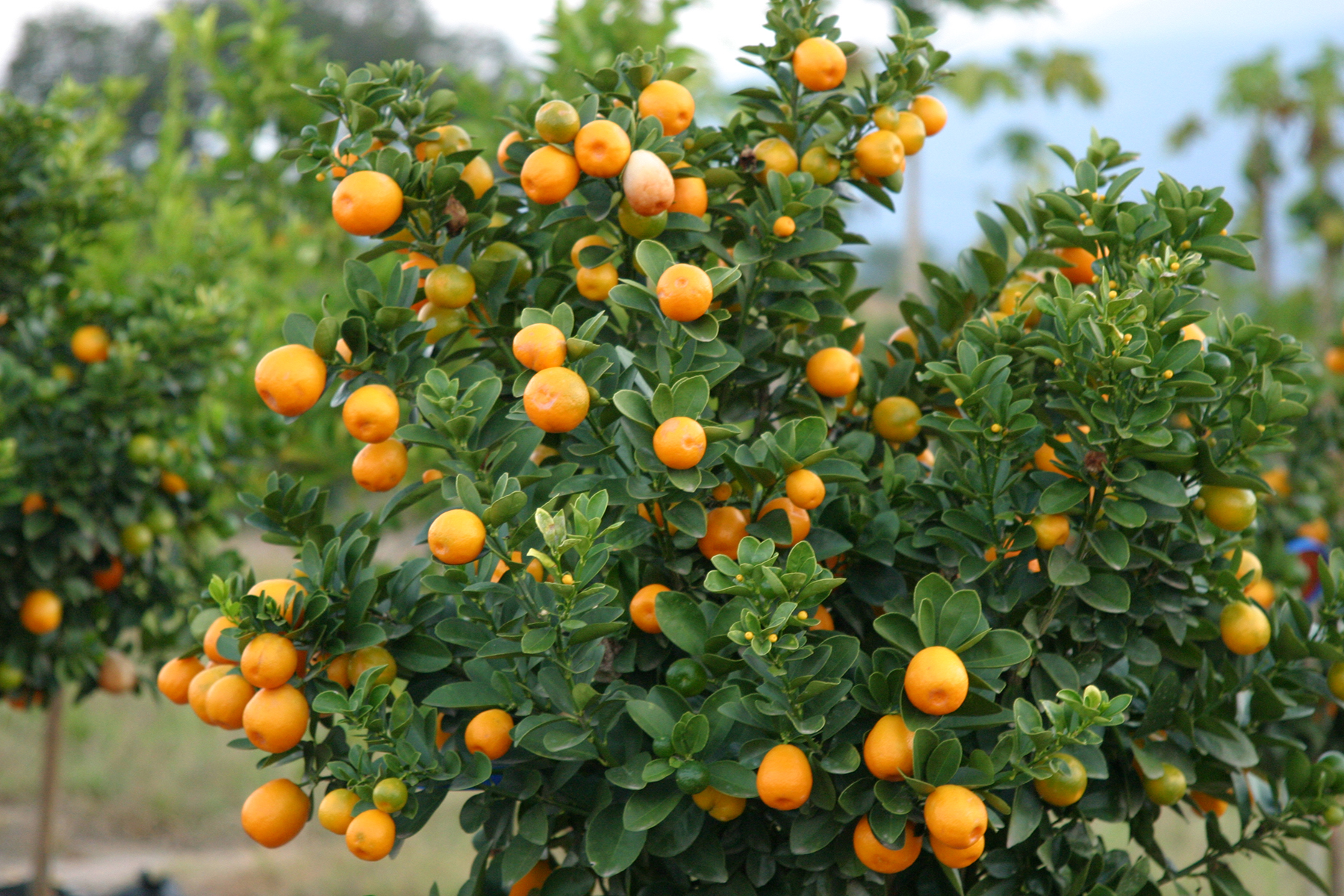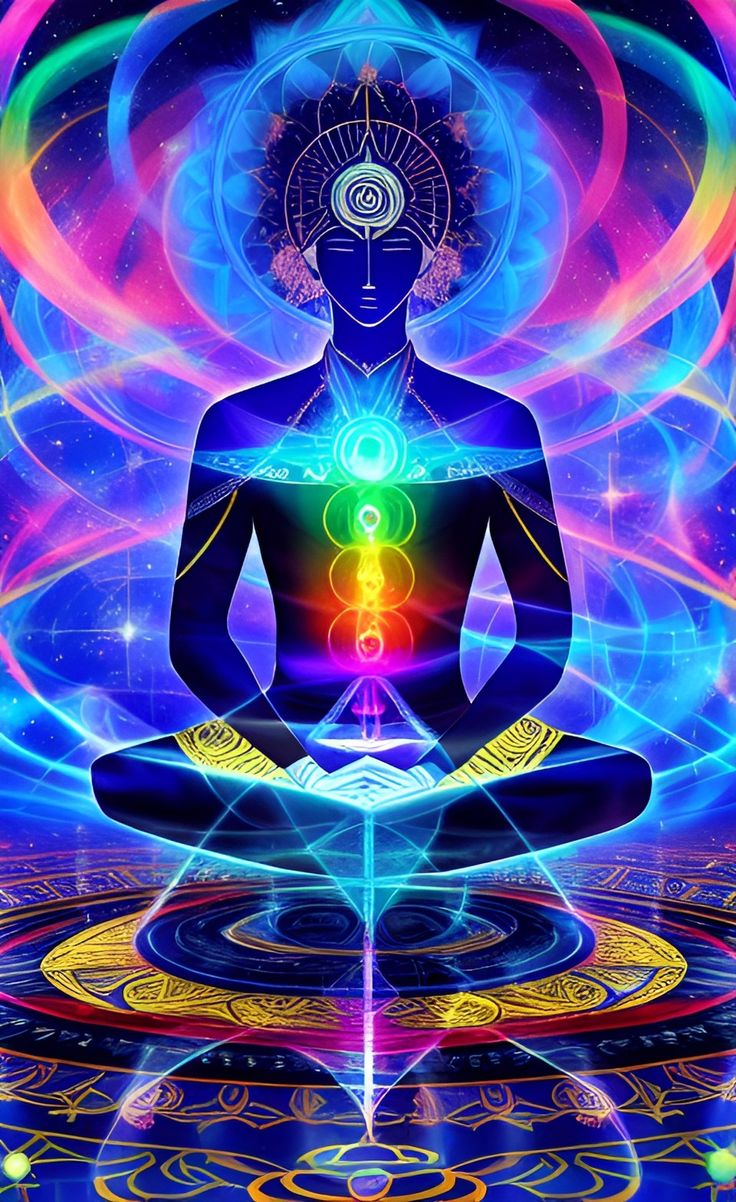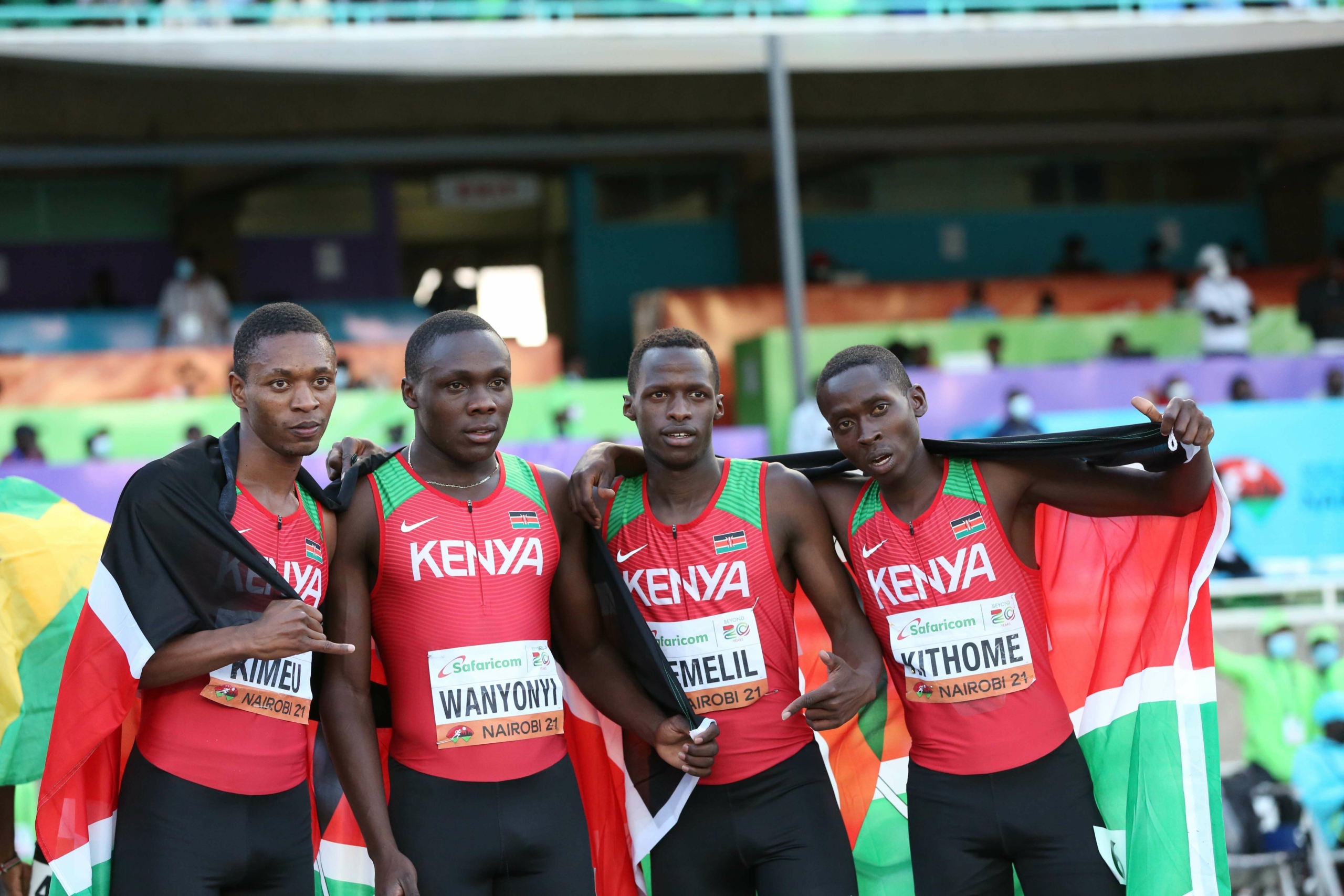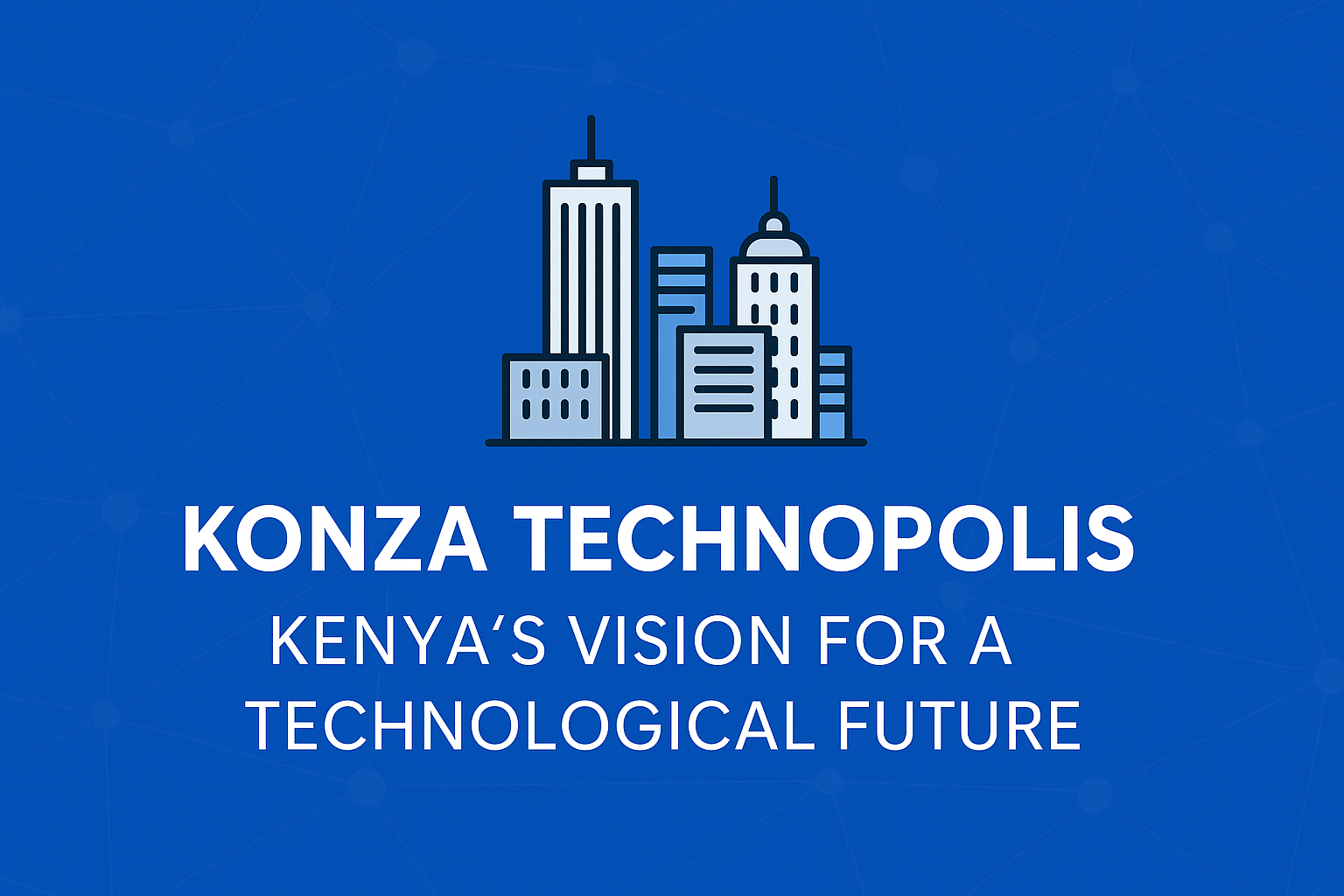
The Great Rift Valley: A Living Landscape of Earth, Art, and Evolution
The Great Rift Valley stretching from Lebanon to Mozambique is a breathtaking geological marvel. Its East African section, cutting through Kenya and Tanzania, isn’t just a crack in the Earth’s crust; it’s a living canvas shaped by time, tectonics, and transformation. From towering volcanoes to ancient fossils, this region continues to shape life, land, and creativity.
How It All Began: Earth’s Great Divide
Around 25–30 million years ago, the African Plate began splitting into two:
- Nubian Plate (West)
- Somali Plate (East)
This slow rifting process cracked the Earth’s crust, forming valleys, volcanoes, and dramatic terrain. The result? A region still alive with earthquakes, steam, and story.
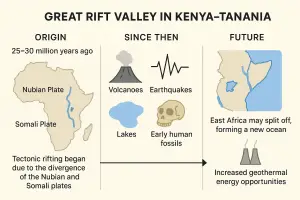
What’s Happening Beneath the Surface?
- Volcanoes: Mount Longonot, Ol Doinyo Lengai, and Mount Meru are born of fire and their ash has created fertile soil for thriving agriculture.
- Earthquakes: Frequent but minor quakes remind locals and scientists that the land is shifting.
- Lakes: Deep and surreal lakes like Turkana, Naivasha, Natron, and Tanganyika are ecological hotspots. Some are alkaline, others freshwater each a visual and biological wonder.
- Fossils & Evolution: Sites like Olduvai Gorge and the Turkana Basin reveal some of the oldest human ancestors, connecting today’s people with humanity’s deep past.
Present-Day Rift Valley: Alive and Evolving
- Active Rift: The plates are moving apart at 6 – 7mm/year.
- Volcanic Activity: Eruptions still occur.
- Earthquakes: 2018’s large crack in Kenya’s Narok County made global headlines proof that the rift is very much alive.
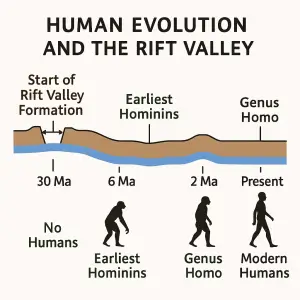
What the Future Holds
- A New Ocean? Scientists believe East Africa may eventually split from the continent, forming a new ocean basin.
- More Volcanic Activity: As the Earth reshapes, eruptions may increase.
- Ecosystem Shifts: Rivers, forests, and species will evolve with the land.
- Energy Goldmine: Geothermal power is booming Kenya leads Africa in tapping into Earth’s heat.
How Communities Benefit from the Rift Valley
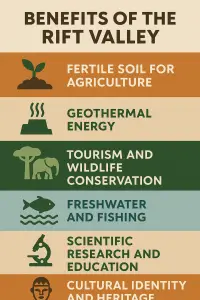
| Benefit Area | What It Offers |
|---|---|
| Agriculture | Fertile volcanic soil supports crops in Naivasha, Nakuru, Arusha |
| Energy | Geothermal power plants provide electricity, jobs, and innovation |
| Tourism | Parks like Serengeti, Hell’s Gate & Ngorongoro attract visitors |
| Water & Fishing | Rift lakes offer freshwater and fish for locals |
| Research | Home to world-famous fossil and archaeological sites |
| Culture & Identity | Maasai, Turkana, and others have deep ties to the land |
Has It Ever Harmed Humans?
The initial formation of the Rift Valley predates humans by millions of years, so no direct harm occurred then. However, modern seismic and volcanic activity has occasionally affected communities though typically on a small scale.
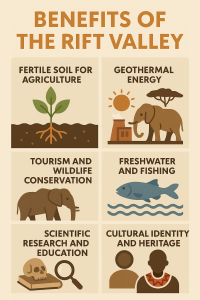
Why Designers, Creatives & Curious Minds Should Care
The Great Rift Valley isn’t just a scientific marvel it’s a living source of visual storytelling. Its scarred landscapes, shifting plates, fiery peaks, and ancient secrets ignite imagination in every discipline:
- Design: Earth-toned palettes, volcanic textures, and topographic inspiration.
- Architecture: Structures shaped by nature’s unpredictability.
- Branding & Visual Identity: Stories rooted in origins, energy, and evolution.
- Cultural Content: Narratives of heritage, resilience, and renewal.
Conclusion
Whether you’re a traveler, designer, or simply curious about Earth’s most dynamic terrains, the Great Rift Valley invites you to look deeper. It’s a story written in stone, smoke, and survival one that continues to inspire creativity across generations.
Share your thoughts below! What part of the Rift Valley fascinates you most?
Subscribe or follow for more insightful stories blending nature, history, and creativity.
